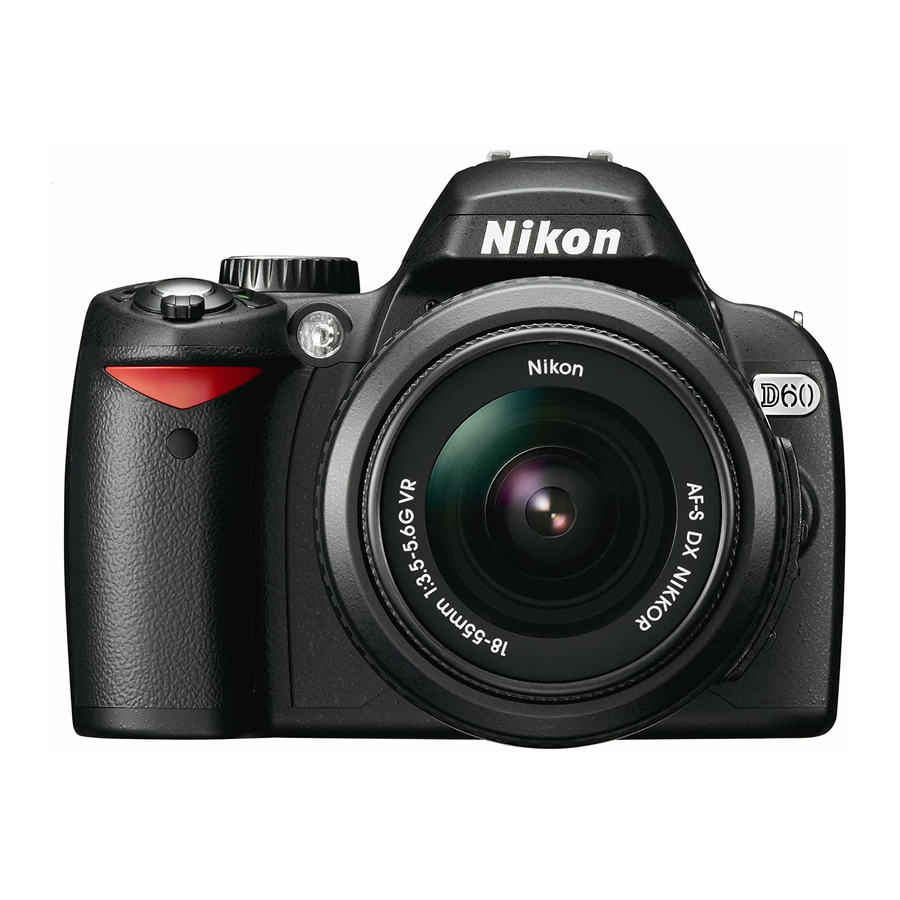5. Next, make a subfolder for each person using their first & last name as the folder name in proper
case. Sometimes it is convenient to have the folder name prefixed with a 2-digit number that represents
the sequence the clients were photographed in. I recommend using this filename convention (e.g. the
first person is Jon Miles and the folder name is either "Jon Miles" or "01 Jon Miles").
6. Then view the folder of downloaded pics in either Thumbnail mode or Filmstrip mode (Filmstrip
mode is not always available, but preferable). The viewing mode is the second group of choices in the
View menu in Windows.
7. Sort the list of image files by name (which is also by time since the files are numbered sequentially
in time) by clicking the Date Modified column header twice.
8. Select and drag groups of consecutive images corresponding to each client, into their corresponding
folder.
9. Review the images in Filmstrip (Windows XP) or Thumbnail mode, and select the best image of
each eye. In Windows Vista, use Windows Photo Gallery to browse, review, and select the images. I
usually select images with the same aperture, and prefer the brighter images for the added detail. For
each selected image, rename the file with a format such as LastName_FirstName_RE_20050922.jpg.
(More advanced method: while browsing, highlight the selected image, then copy and paste the file,
then rename the copy).
10. A more advanced method: while browsing, highlight the selected image, then copy and paste the
file, then rename the copy. If processing (selecting and renaming) a large number of image files, this
method is best, since you can do all the select+copy+paste steps first (in filmstrip mode), and then do
all the renaming of the copied & pasted (selected) files steps, using the clipboard to hold common
filename strings and Detail view sorted by LastModified.
11. Then open the image in a photo editor (such as Paint Shop Pro or Photo Shop) and crop it down to
the smallest rectangle that encloses the iris. This is saved with the same filename but a "c" at the end,
prior to ".jpg" (c=cropped).
12. Next, adjust the image if necessary in terms of brightness and contrast, and save this version,
adding an "e" (enhanced) to the filename. It is best to avoid this step by selecting images of matching
brightness.
13. Then annotate the image with the client's name, eye (RE or LE) and date, and/or any other
markings. Annotations can be done on a separate layer in programs such as Paint Shop Pro or
PhotoShop, then saved as both a layered image file and an exported JPG. For the right eye, I put this
photo data (when needed) in the lower left corner, for the left eye it goes in the lower right corner. I
save this version with an "a" (annotated) at the end of the filename. So for example, if the image file
(of e.g. my right eye) did not need enhancement and was processed, the resulting filename would be
"Miles_Jon_RE_20050922ca.jpg"
14. Alternatively, the image can be left unannotated and the filename (which has the annotation data
encoded into it) can be printed or displayed along with the image. Sometimes it is convenient to have
the images in 2-up format (right and left cropped iris, side by side); the file name for this type of
double-wide image file would be Last_First_2E_Date.jpg, etc.
Use of Iris Camera – MEC-2-CB-D60-N105
15

